The autumnal breeze rustles through the colorful leaves, hinting at the arrival of a beloved holiday – Halloween. A time when jack-o’-lanterns light up the night, costumes come to life, and a touch of eerie magic fills the air. While you might think you know everything about this spooktacular celebration, there are some Halloween facts that remain hidden in the shadows. Join us as we delve into the depths of Halloween’s history and mysteries, uncovering intriguing tidbits that not everyone knows.
Table of Contents
ToggleThe Ancient Origins
Halloween’s roots run deep, stretching back thousands of years to the ancient Celtic festival of Samhain. This festival marked the end of the harvest season and the beginning of winter. The Celts believed that on the night of October 31st, the boundary between the living and the dead blurred, allowing spirits to roam the earth. To ward off these spirits and celebrate the new year, they lit bonfires and wore costumes made of animal skins.
Jack-o’-Lantern’s Dark Tale
The iconic jack-o’-lantern has a tale that’s less known than its glowing grin. The name originates from an Irish folktale about a man named Stingy Jack. As the story goes, Jack tricked the devil multiple times and managed to escape death. However, when he eventually passed away, neither heaven nor hell would accept his soul. He was left to wander the darkness with only a burning coal to light his way, which he placed inside a carved turnip. Irish immigrants brought this legend to America, where the pumpkin, more readily available, became the canvas for these eerie lanterns.

Trick-or-Treating’s Evolution
Trick-or-treating, the cherished tradition of dressing up and collecting candy door-to-door, has a history that might surprise you. Its origins trace back to the Middle Ages, when “souling” was a common practice. On All Souls’ Day (November 2nd), poor individuals, known as “soulers,” would go door-to-door, offering prayers for the deceased in exchange for food. This custom gradually evolved into what we now know as trick-or-treating, as children began to visit houses for treats and entertainment.
Black Cats: From Reverence to Fear
Black cats, symbols of bad luck and witches’ familiars, have deep ties to Halloween. However, their history is more complex than commonly believed. In ancient Egypt, cats, including black ones, were revered and considered sacred. The goddess Bastet, often depicted with a cat’s head, represented home, fertility, and childbirth. The negative association with black cats emerged during the witch trials of the Middle Ages when they were associated with witches and dark magic. This reputation still lingers today, contributing to their eerie reputation during Halloween.
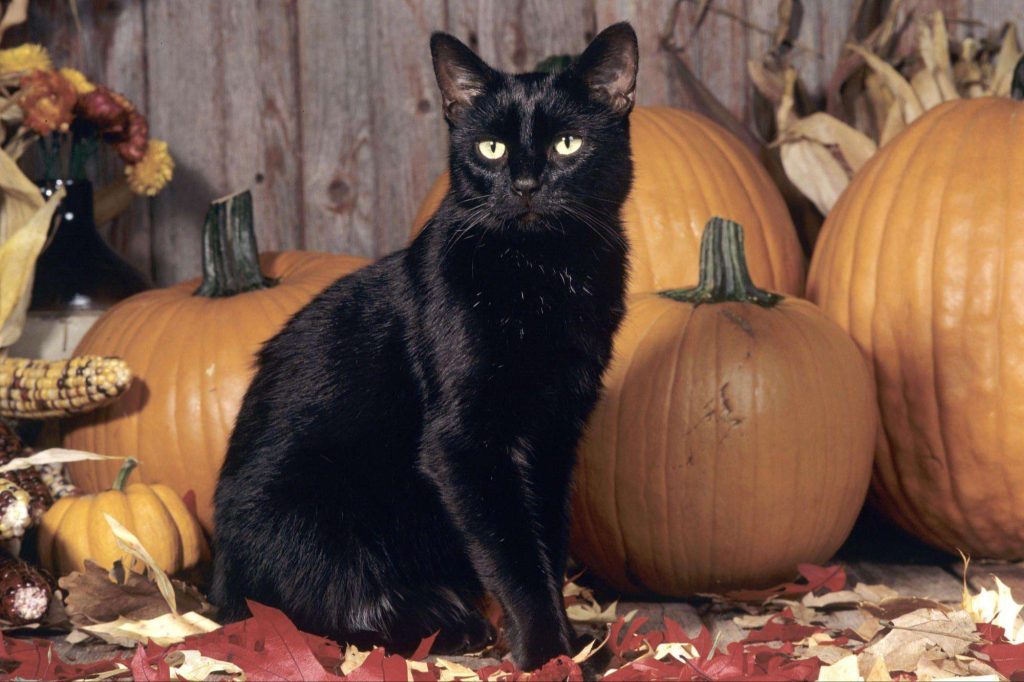
The Haunting History of Costumes
While dressing up in elaborate costumes is a Halloween staple, the tradition’s origins take us to surprising places. The Celts, during the Samhain festival, wore costumes to confuse and repel spirits. They hoped that by looking like ghosts and demons, they would avoid being recognized by the real supernatural entities. Fast forward to the Middle Ages, and masquerade balls became popular in Europe, allowing people to don disguises and step into a world of mystery and anonymity. Over time, these historical threads wove together into the vibrant tapestry of Halloween costumes we see today.
Samhainophobia: The Fear of Halloween
For all its festive fun, Halloween isn’t all smiles and treats. Samhainophobia, the fear of Halloween, is a real and often overlooked aspect of this holiday. This fear might stem from various sources, such as anxiety around costumes, fear of the supernatural, or even a traumatic event associated with the holiday. The commercialization of Halloween, with its emphasis on horror and spooky themes, can exacerbate these fears for some individuals.
The Sweet Business of Halloween
Halloween isn’t just a time for scares; it’s also big business. The National Retail Federation estimated that Americans spent over $10 billion on Halloween in recent years, encompassing costumes, decorations, candy, and other festivities. This places Halloween spending in the same league as major holidays like Christmas and Thanksgiving. The holiday’s commercial success has even led to the emergence of pop-up stores specializing solely in Halloween merchandise.
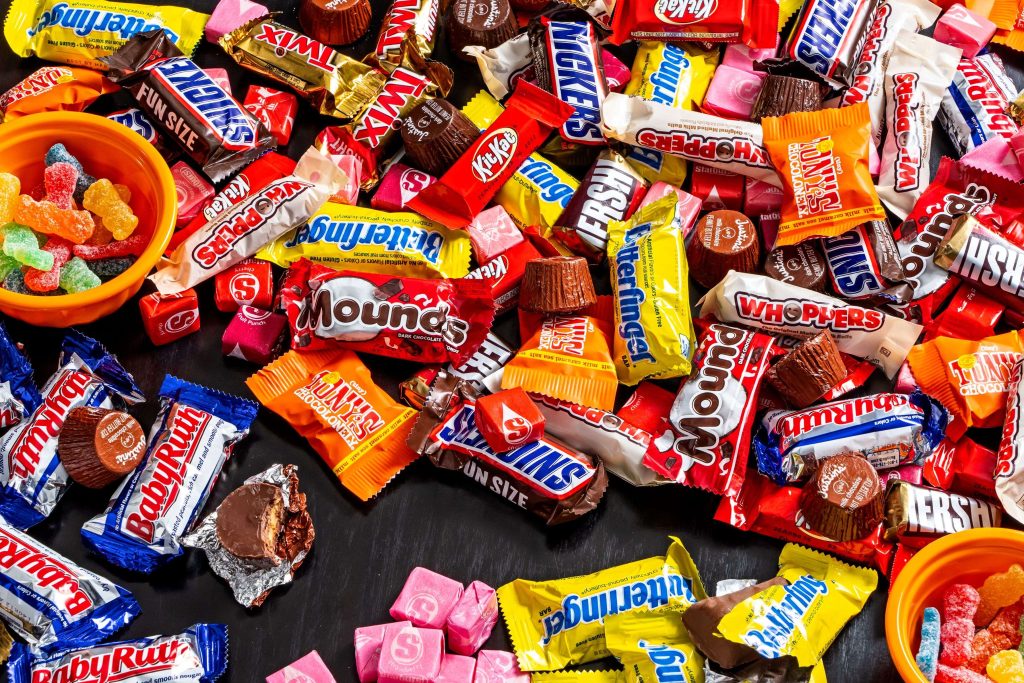
The Mystique of Witches
Witches and Halloween go together like cauldron and potion, but the history of witches is far more intricate than their stereotypical image suggests. The witch trials of the 16th and 17th centuries left an indelible mark on history, leading to the persecution and execution of thousands, mostly women, who were accused of practicing witchcraft. Interestingly, Halloween’s association with witches can be linked to the Celtic festival of Samhain and the concept of the supernatural crossing over to the mortal world. This connection eventually fused with the image of the “wicked witch” popularized by media, giving us the captivating figure we associate with Halloween today.
The Tale of the Teal Pumpkin
Amidst the sugary bounty of Halloween, a heartwarming initiative has taken root in recent years – the teal pumpkin project. Started in 2014, this movement aims to raise awareness of food allergies during Halloween by encouraging people to place teal-painted pumpkins outside their homes. These pumpkins signal that non-food treats, like stickers or small toys, are available for children with allergies. This inclusive gesture ensures that all kids can partake in the festivities without worrying about allergens.
The Haunted History of Halloween
Halloween and haunted houses go hand in hand, but did you know that some of these spooky attractions have roots in actual history? Many haunted houses are set in buildings with genuine ghost stories, adding an eerie layer to the scares. One such example is the “Winchester Mystery House” in California, a sprawling mansion built by Sarah Winchester, the widow of the Winchester rifle magnate. It’s said that she continuously added rooms and features to confuse the vengeful spirits of those killed by Winchester rifles. This blend of history, ghost lore, and theatrical scares makes haunted houses an integral part of Halloween’s allure.
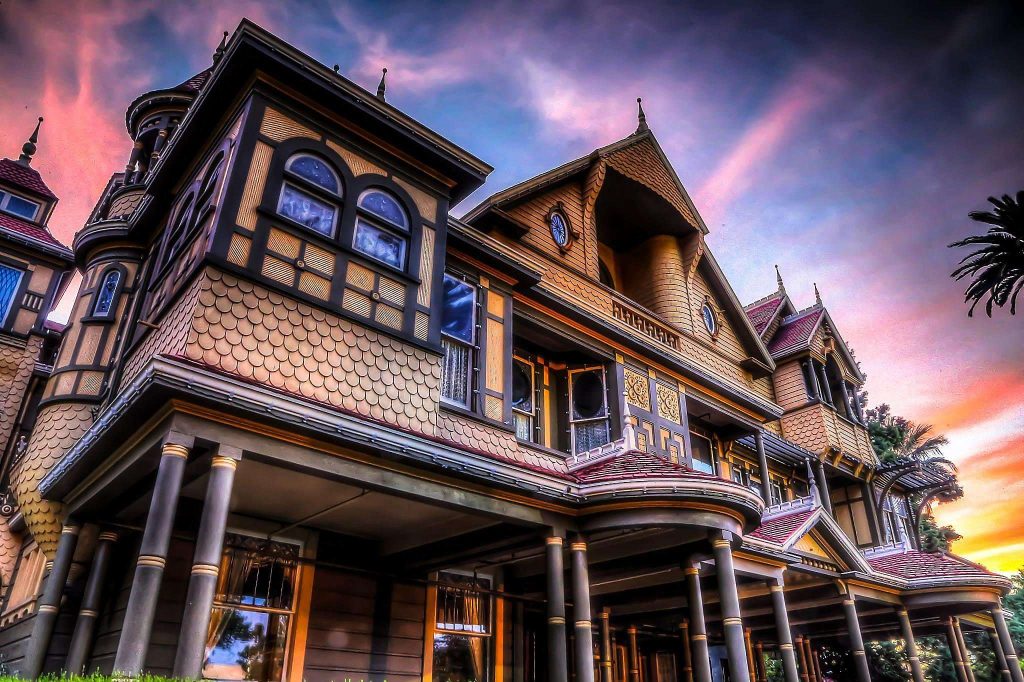
The Global Grasp of Halloween
Halloween might seem like a predominantly Western celebration, but its influence has spread far beyond. In recent years, it has gained popularity in various parts of the world, often with unique cultural twists. In Japan, for instance, Halloween is celebrated with a mix of traditional spooky themes and cosplay elements. Similarly, in Mexico, the Day of the Dead (Dia de los Muertos) coincides with Halloween and involves elaborate altars, parades, and offerings to honor deceased loved ones.
The Cosmic Connection
Halloween’s date, October 31st, isn’t just a random choice on the calendar. It’s closely tied to celestial events. October 31st falls roughly halfway between the autumnal equinox and the winter solstice, signifying the midpoint of the fall season. Additionally, it’s close to the cross-quarter day, a traditional time for harvest celebrations in various cultures. This cosmic connection adds an extra layer of significance to the holiday’s timing.
The Enigmatic Influence of Horror Films
Horror movies and Halloween are intertwined in a macabre dance, but the influence of horror films on the holiday is both profound and complex. The 1978 film “Halloween,” directed by John Carpenter, is often credited with popularizing the idea of a masked killer stalking teenagers on the titular holiday. This film set a template that countless horror films would follow, cementing Halloween’s association with slasher movies. The impact of horror films on Halloween extends beyond mere entertainment – they shape the very imagery and atmosphere that define the holiday.
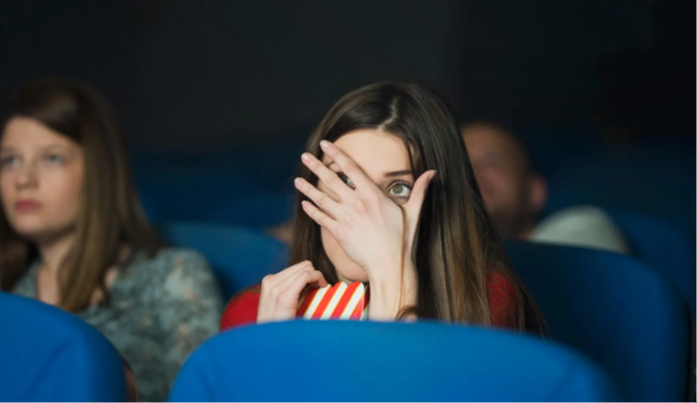
Unmasking the Cursed Candy Myth
Every year, as Halloween approaches, the age-old fear resurfaces: the dreaded “cursed candy” or “razor blade in the apple” myth. However, extensive research and investigations have shown that these occurrences are exceedingly rare. The myth, perpetuated largely through media and parental concern, has led to stringent safety measures and the rise of “Trunk or Treat” events, where children receive candy from the trunks of cars in controlled environments.
The Magic of Halloween Continues
As October 31st draws near, the anticipation for Halloween grows stronger. Beyond the surface-level frights and sugar rushes lies a tapestry of history, culture, and mystery that many are yet to fully uncover. From its ancient origins as a harvest festival to its modern incarnation as a global celebration of the spooky and strange, Halloween continues to captivate and enthrall. As you carve your pumpkins, don your costumes, and immerse yourself in the eerie ambiance, take a moment to appreciate the hidden secrets that make this holiday a truly enchanting experience.


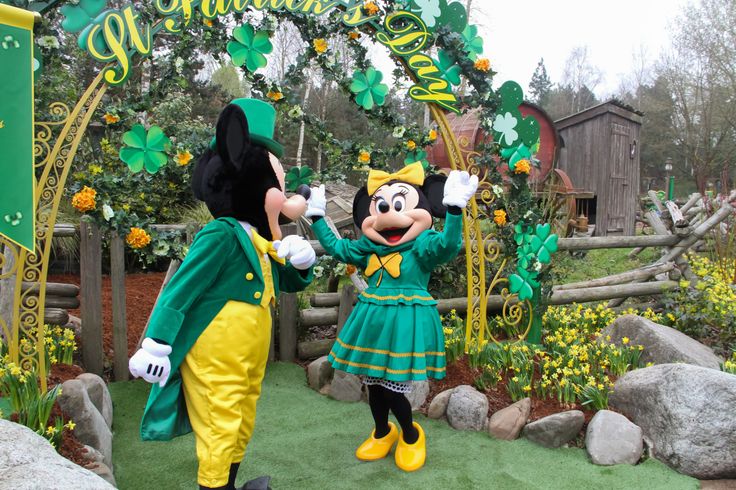






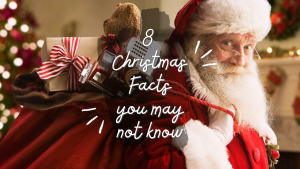


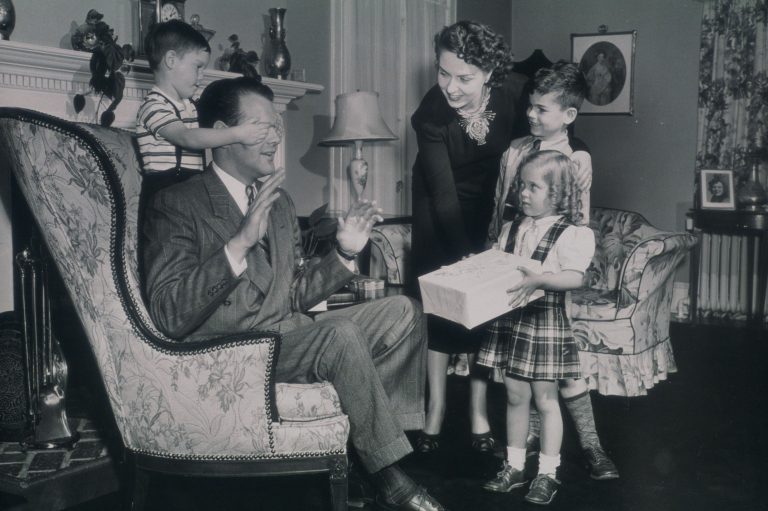

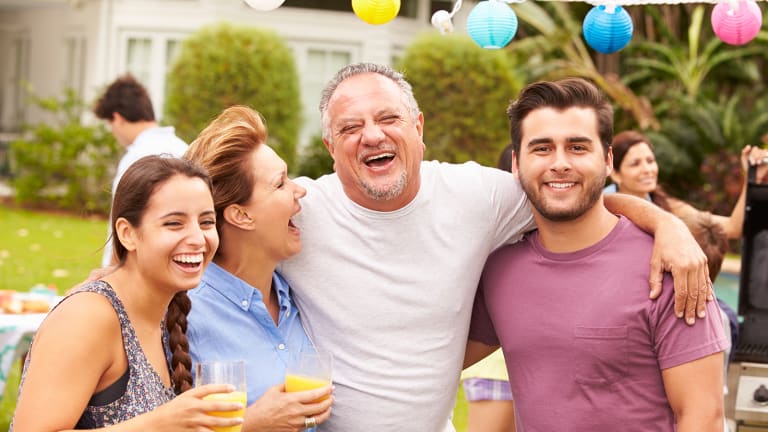
+ There are no comments
Add yours